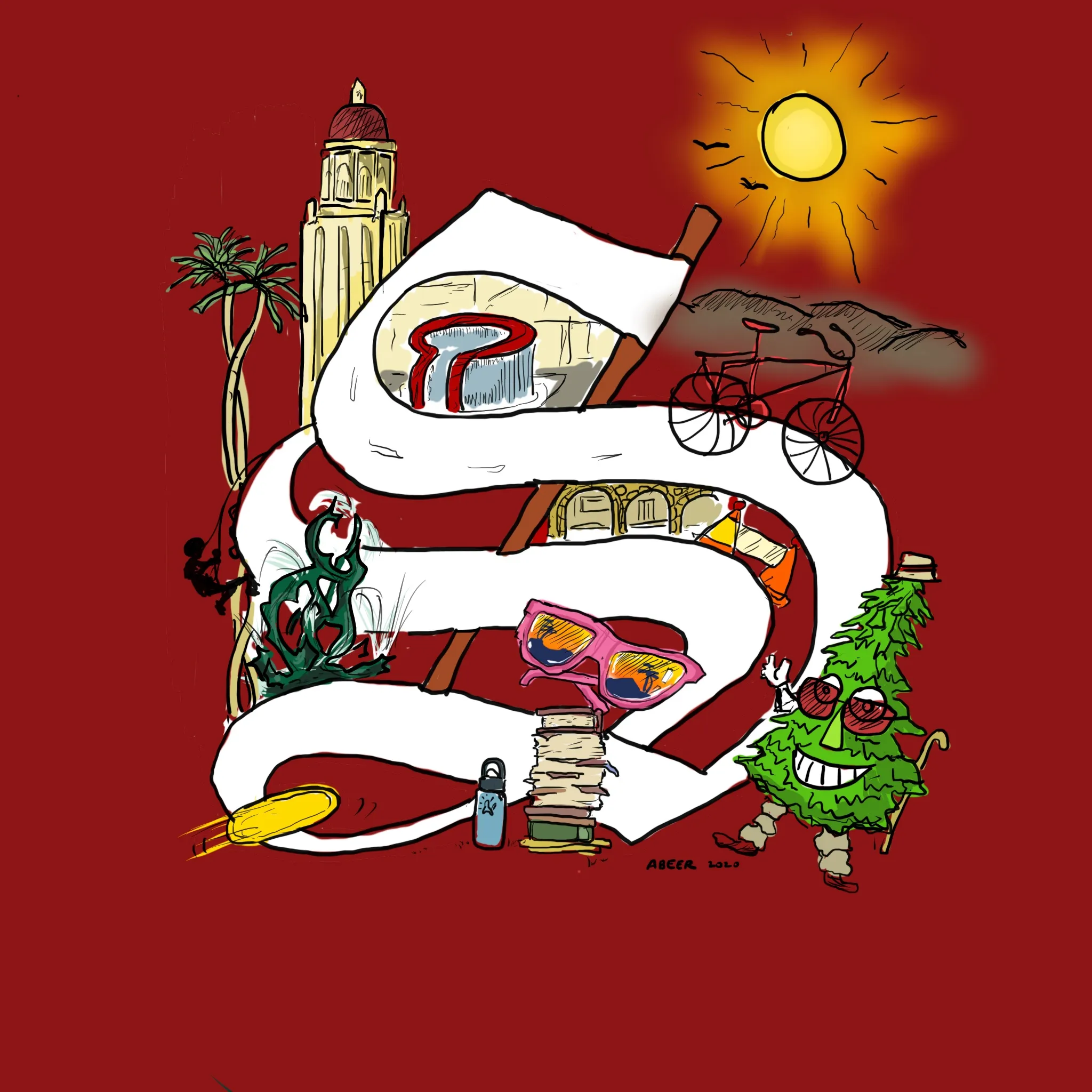
By Tara Belger
After 16 years of living between divorced parents, it was the pandemic that helped me to grasp how affected I was by the separation.
I was in California when the lockdown first went into effect, spending spring break at my mother’s house, unaware that I would be there for a year and a half. I had been going to high school in Tucson, Ariz., having lived there since fourth grade. It was normal. I lived with my father, and I didn’t imagine living anywhere else. I visited my mother on school breaks, but I identified with Tucson as I did with my dad. I had routines and friends there. California was always a vacation; a break from school. My real home was in Arizona. After a year away from Tucson, however, I couldn’t have felt more out of place upon return.
At the start of the pandemic, I felt lost along with the rest of the planet. As I virtually went to school in Tucson from my mother’s kitchen in Palo Alto, however, I began to feel a different kind of disorientation, another level of isolation. I was quarantined at my home while separated from another. I was missing half of my life while constantly surrounded by the other. On one hand, I was away from the city that I was familiar with; away from the family and friends I would see every day, away from each coffee shop and bookstore, each classroom I frequented. On the other, I was given an opportunity to live with my mom and siblings, who I usually only saw for a limited time. It was a chance to experience what it felt like to live with a mother full time rather than a father. It was at once heartbreaking and fulfilling.
As the time in lockdown lengthened, I began to settle into life in California. I relied on the structure of bagels and coffee in the morning before virtual school, walking to a tea shop in the late afternoon and watching a movie before bed. I grew accustomed to the dynamic of living with siblings as I shared clothes, food and activities with them. I became closer to my mother than I could have before, and I realized how much I needed to be closer to her, to have a motherly presence in my life. Palo Alto was beginning to feel more like a home than a vacation.
Time stretched on, passing the year mark and bringing a difficult internal conflict. Though I wanted to return to Arizona for school, I enjoyed the California environment. I had grown to be more confident, more mature and more outgoing over the year, and I wasn’t sure of who I would be upon returning to my other home. I wanted to see everyone in Tucson, but I didn’t want to leave my family in Palo Alto; every day in quarantine was another day I could spend with my mom and siblings. Even when it was painful to admit, I always knew that it made more sense to return to Arizona to finish high school; it was senior year, and I had already been through the first three years at Tucson High. In the end, returning felt like the right thing to do.
The transition back to in-person school was heavy and emotional. I felt the same as I did at the start of the pandemic: lost, unfamiliar, conflicted. I felt as though I was leaving home as I got acquainted with my old life in the absence of morning bagels, afternoon tea, nighttime movies, siblings, a mother. The rhythm of high school guided me through the change. The structure of work was comforting and helpful in the adjustment.
Through the adjustment, I have learned the skill of making a home wherever I go. I can be at home with myself even in unfamiliar spaces. Years of living between two different worlds has prepared me for the future. Though it was a lesson learned in a difficult situation, I know that it can be useful in college, where I can make a home in any new community I find myself in.




